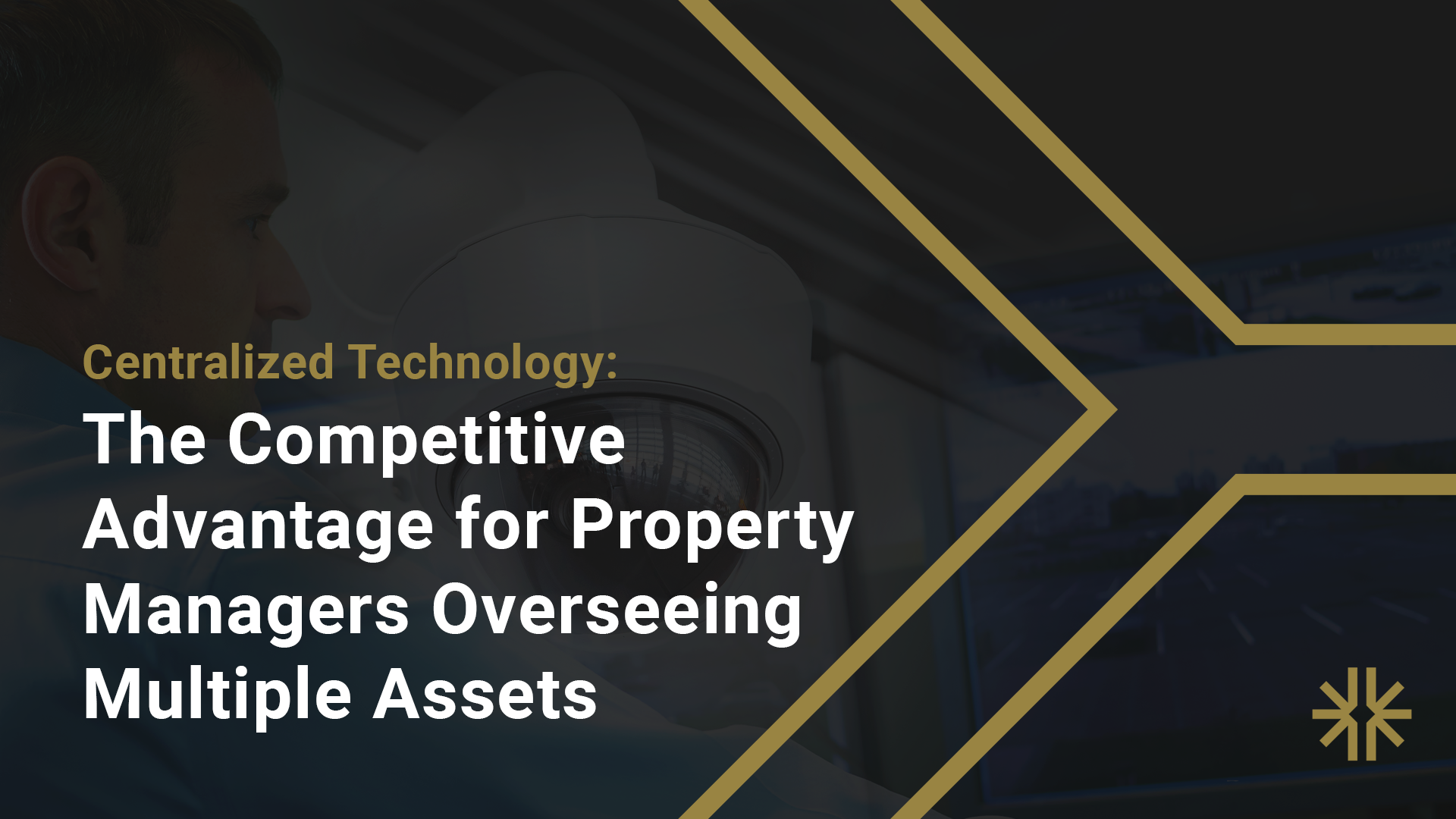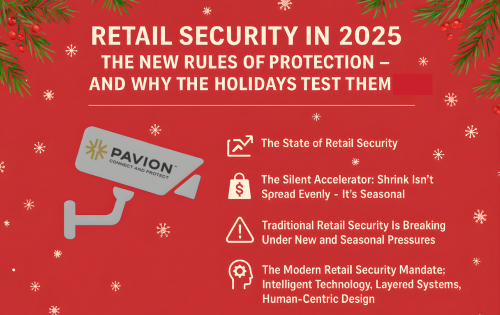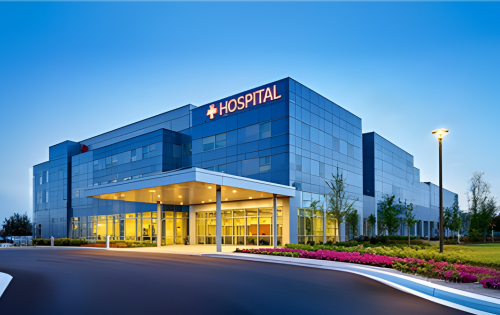
Centralized Technology: The Competitive Advantage for Property Managers Overseeing Multiple Assets
Introduction
Managing one property is challenging enough—balancing tenant needs, maintenance schedules, safety requirements, and vendor coordination. Managing a portfolio of properties across different locations? That’s an entirely different level of complexity.
For real estate and property management professionals, the ability to centralize operations through technology has shifted from a “nice-to-have” to a business-critical advantage. By integrating building systems and management tools into one unified platform, you gain the visibility and control needed to operate more efficiently, protect assets, and deliver a better experience for tenants and investors alike.
The Pain Points of Multisite Property Management
Without centralized systems, portfolio managers often face:
- Inconsistent operations: Different sites use different processes for maintenance, security, and tenant communication.
- Delayed responses: A slow reaction to emergencies or maintenance requests risks tenant satisfaction and asset value.
- Data blind spots: Site-specific records make it hard to track trends, plan budgets, or forecast performance across the portfolio.
These inefficiencies can erode NOI (Net Operating Income) and impact long-term asset value.

How Centralized Technology Changes the Game
By uniting security, building automation, life safety, energy management, and tenant engagement systems into a single hub, property managers can control and monitor all assets from anywhere.
1. Portfolio-Wide Visibility
A single dashboard shows what’s happening across all properties—security camera feeds, fire system alerts, occupancy levels, and more.
Benefit: You’re not managing in the dark. Every property is visible in real time, from your office or mobile device.
2. Faster Incident Response
Whether it’s a water leak, access control breach, or fire alarm, centralized systems send alerts instantly to the right people—often before tenants even notice an issue.
Benefit: Minimizes damage, reduces downtime, and demonstrates responsiveness to tenants and owners.
3. Standardized Operations Across All Locations
Centralizing technology means you can enforce uniform standards for maintenance schedules, security protocols, and compliance requirements.
Benefit: Every property meets the same brand and operational expectations, no matter where it’s located.
4. Data-Driven Decision Making
Consolidated data lets you track energy usage, predict maintenance needs, and assess security incidents across the portfolio.
Benefit: Better budgeting, reduced operating costs, and smarter capital improvement planning.
5. Scalable for Growth
Acquiring a new building doesn’t require reinventing your operational wheel—just integrate it into your existing centralized system.
Benefit: Easier onboarding of new assets and consistent operations portfolio-wide.
Example in Action
A commercial property manager overseeing 15 mixed-use buildings across a metro area implements a centralized building management platform.
- Security: Corporate teams monitor all access control and video feeds remotely.
- Maintenance: Work orders are automatically routed to the nearest available technician, cutting response time in half.
- Energy: Real-time monitoring reduces wasted energy across all properties, lowering utility costs portfolio-wide.
The result? Improved tenant satisfaction scores, higher lease renewal rates, and reduced operational expenses—directly impacting the bottom line.
Conclusion
For today’s real estate leaders, centralized technology isn’t just about convenience—it’s about protecting assets, reducing costs, and elevating the tenant experience. In an industry where reputation, responsiveness, and efficiency define success, the ability to manage multiple properties from a single point of control is the edge that keeps you ahead.


